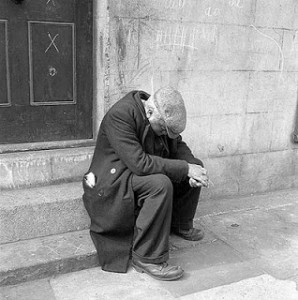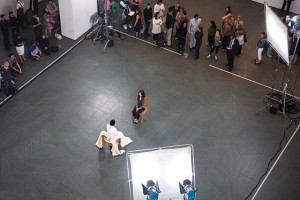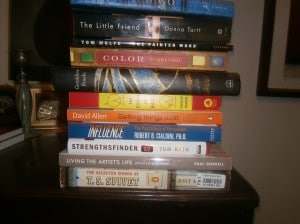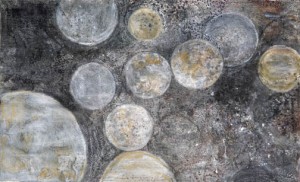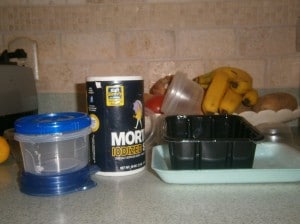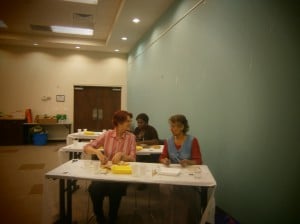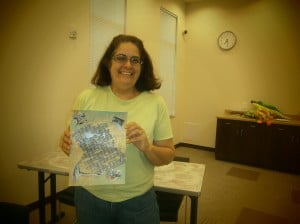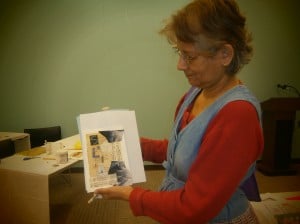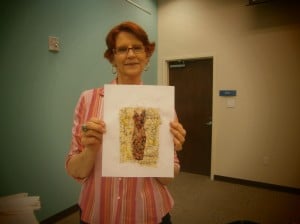What is creativity? According to the Merriam-Webster Dictionary, it is “the ability to make new things or think new things.”
 Every human is born creative. However, as we get older society teaches us to suppress creativity (remember, you must color within the lines!). Interestingly, when you ask people who they consider creative, RARELY will they refer to themselves. Most think instead of Mozart, Shakespeare, Gershwin, Ansel Adams, the list goes on and on. Right?
Every human is born creative. However, as we get older society teaches us to suppress creativity (remember, you must color within the lines!). Interestingly, when you ask people who they consider creative, RARELY will they refer to themselves. Most think instead of Mozart, Shakespeare, Gershwin, Ansel Adams, the list goes on and on. Right?
There is also the romantic notion of what a creative person is like. Most people think of them as being sensitive, temperamental, mysterious, often misunderstood. 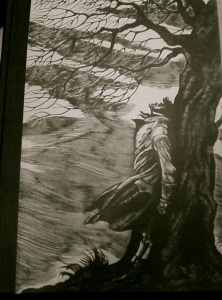
Okay – I admit, I think of Heathcliff wandering the Scottish Moors.
But, this isn’t true. First of all, creativity is not based on intelligence. Being creative does not mean you have to make art.
Living creatively means looking at the world around you differently. Your imagination leads to thoughts, thoughts become words and words become action. Creativity is not worth anything if you don’t do anything with your ideas.
Let me repeat that
Creativity is not worth anything if you don’t do anything with your ideas.
A study in 2012 found 8 in 10 people feel that creativity is critical to economic growth, and over 60% of those surveyed feel creativity is valuable to society. BUT, 1 in 4 people believe they are NOT living up to their creative potential.
Do you believe some people are born more creative than others? I believe not. Creative people usually do six key things throughout their life (called The Innovators DNA).
Make connections between different things
question everything
observe
network
experiment
and most importantly, practice
Living a creative life is being fully alive. When was the last time you felt fully alive? Think about this for awhile.
Believe you can change the world!!!
Spend some time this week thinking about what inspires you to create? It doesn’t have to be a work of art, it can be baking a cake, writing a joke, putting your clothes together differently, taking a different path to the grocery store. It can be anything! Find you passion!
Share what you think creativity is.
For the next 21 weeks I will share an action I believe will make that creative muscle grow stronger. Next week, Find your Tribe!
